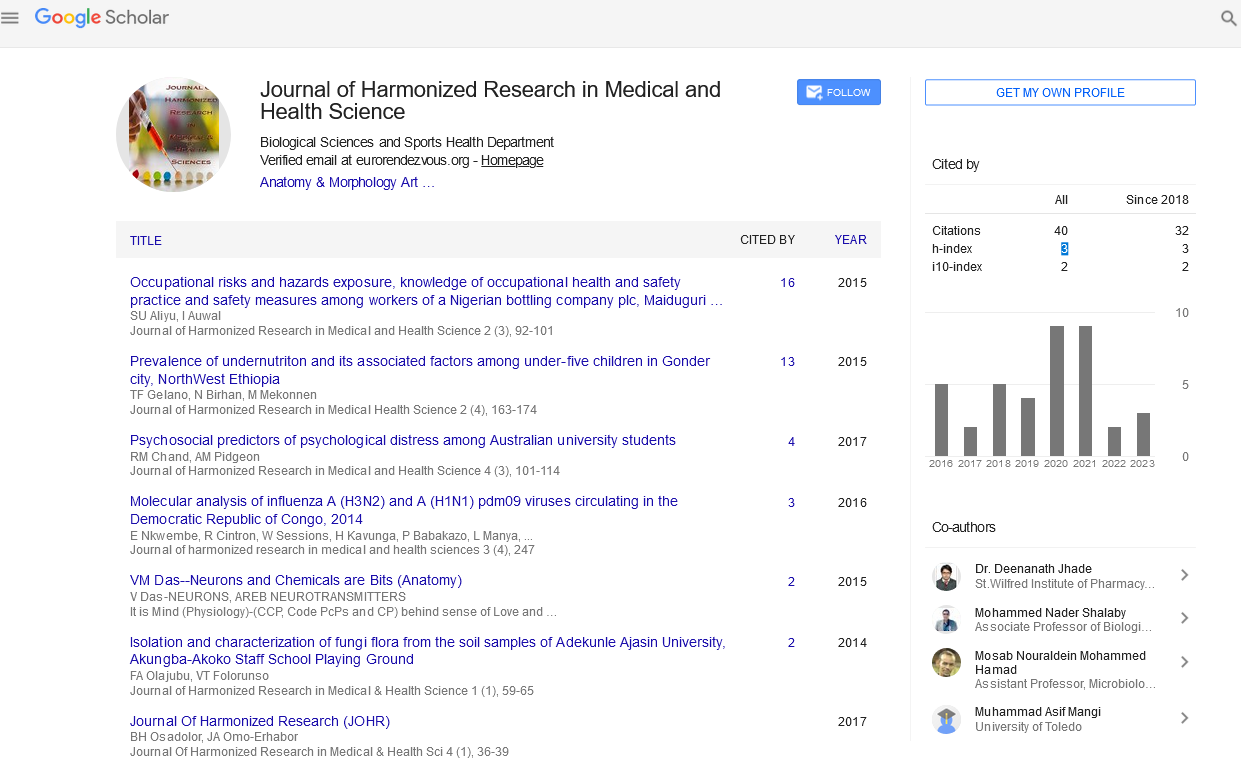TECHNICAL FABRICATION AND CLINICAL APPLICATION OF ELCLIPSE OCCLUSAL SPLINTS
Abstract
Author(s): Biljana Kapusevska
Abstract Introduction: The focus of this investigation is alternative methods of technical fabrication and clinical application of eclipse occlusal splints with light polymerization. Purpose: The consideration of the fact that the bruxism is present in up to 90% of our population, led us to our goal to help these patients through exhibition of a method for fabrication of hard and soft occlusal eclise splints whose indication is dependent upon the type of bruxism. Material and methods: To evaluate the effectiveness of manufactured occlusal therapeutic appliances and to discern the advantages and disadvantages arising from this technique of preparation, we treated 120 patients divided into two groups which were again divided into two subgroups. The first subset of the first group of patients had masticatory muscles complaints, and in the second TMJ afflictions. The second group consisted of bruxism patients with solitary attrition in the first and additional hyperemia of the dental pulp in the second subgroup. Results: Registration of the results was performed according to anamnestic data of the patients. After 6 months in the first group, first and second subset, ratio between recovered patients to treated patients was 8/14 and 6/10, in the second group the first and second sub-group was 4/26, 10 /20. After 18 months this ratio in the first and second subset of the first group was 8/22 and 12/18 , while the first and second subset of the second group was 0/30 and 2/28. Conclusion: We conclude that the quality of technical development and clinical application of eclipse splints is better compared to the conservative method of making splints for occlusal treatment. Indexing terms/Keywords: Eclipse occlusal splints, repositioning splints, solid occlusal splints soft occlusal splints, bruxism










